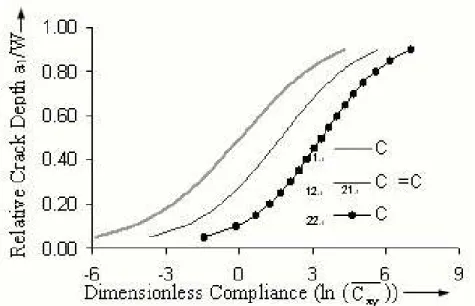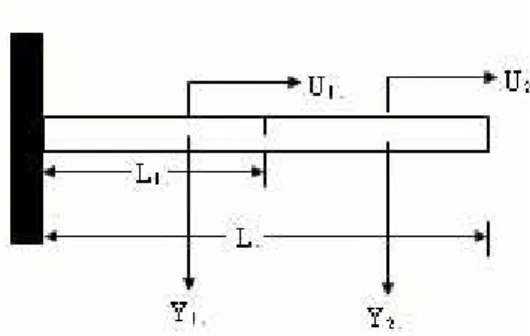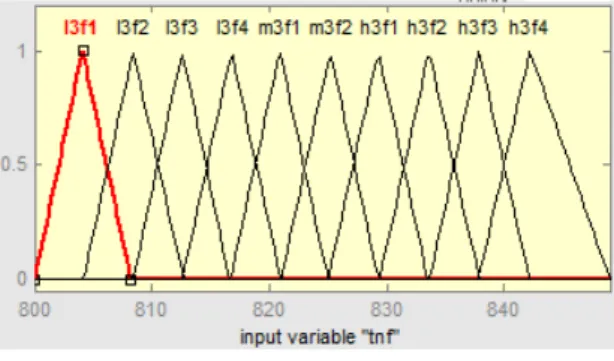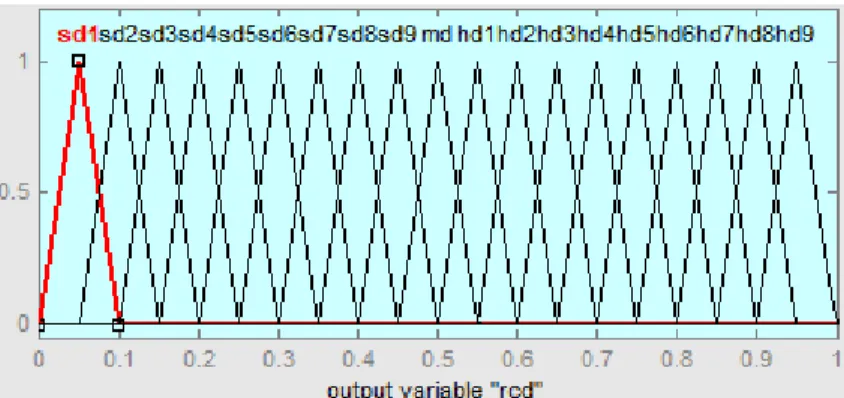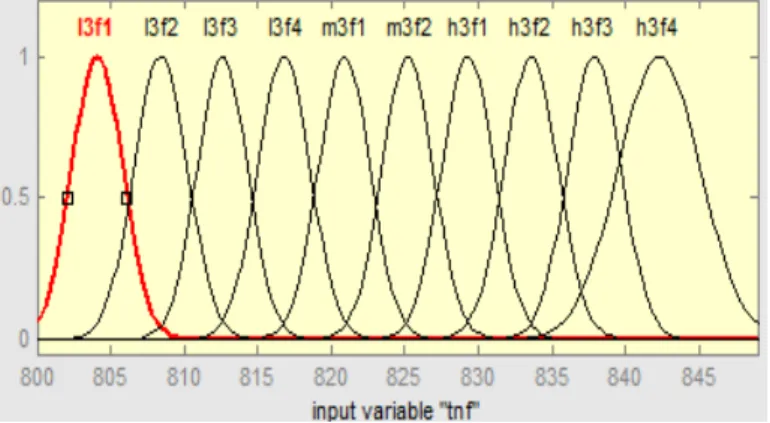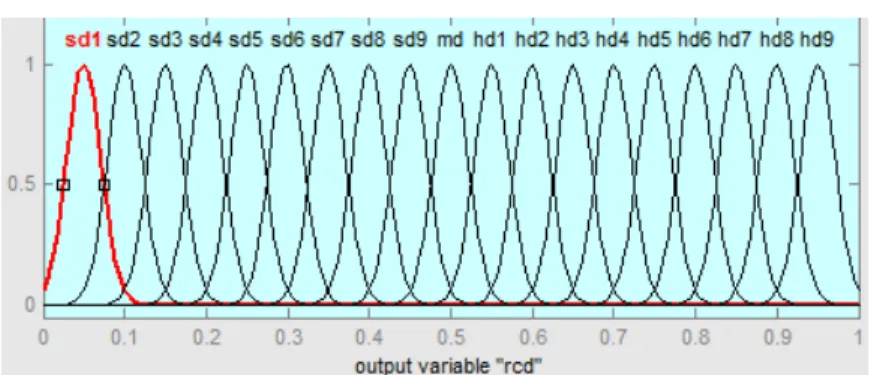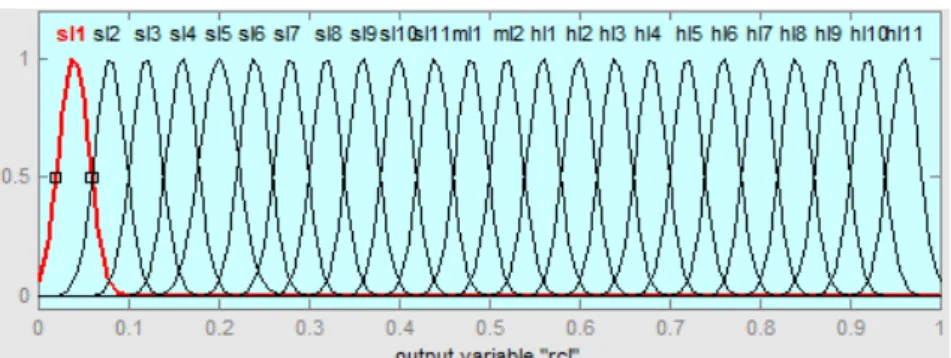The method of detecting crack location and its intensity in beam structures by fuzzy logic techniques and using ALGOR for finite element analysis has been considered in this project. The output parameters of the fuzzy inference system are relative crack depth and relative crack location. The proposed approach has been verified by comparing it with the results obtained from fuzzy logic technique and finite element analysis.
Structural failure refers to the loss of the load-bearing capacity of a component or member within a structure or of the structure itself. In a well-designed system, a localized failure should not cause immediate or even progressive collapse of the entire structure. Ultimate failure strength is one of the limit conditions to be considered in structural engineering and structural design.
The mesh works like a spider web, as a mesh element extends from each node to each neighboring node. Each of these phenomena can affect the material's natural frequency of oscillation, which can lead to resonance and subsequent failure. Heat transfer analysis models the conductivity or thermal fluid dynamics of a material or structure.
FEA has become a solution to the task of predicting failure due to unknown stresses by showing problem areas in a material and allowing designers to see all the theoretical stresses within.
LITERATURE SURVEY
A comprehensive study of the diagnosis of fracture damage in structure has been made by Akgun et al.[10]. The 'fracture hinge' concept has been developed analytically and the same has been applied to a cracked section to detect fracture damage in simple structures. The natural frequencies and the response of the cracked shaft at specific points are used to define an objective function based on the differences between numerical and experimental results. Both the genetic algorithm and the neural networks contribute to a remarkable reduction of the computation time without significant loss of accuracy.
This matrix can be used in a beam finite element model of the structure to analyze the ultimate buckling load, according to Euler's elastic bending buckling theory. The proposed damage identification method is intended for moderate damage and requires vibration data related to the current and reference states of the structure, as well as a parametric finite element model. The formulation of the objective function for the minimization problem is based on the frequency response functions (FRFs) of the system.
A new strategy for controlling the parameters of Particle Swarm Optimization (PSO) based on the Nelder–Mead algorithm (Simplex method) is presented; The identification of an open crack in a beam using a posterior error estimator of frequency response functions with noisy measurements has been proposed by Faverjon[26]. Damage detection, based on the constitutive link error update method, is used to identify the crack location and size in a simply supported beam. The detection of structural damage by statistical analysis from support excitation is studied.
A new damage localization index is proposed and the average values of the identified parameters are taken as the damage severity. Tang, Exploring the detection of structural damage using frequency response functions (FRFs) as input data to the back-propagation neural network (BPNN). To identify the crack contours of the normalized frequency in terms of normalized crack depth and location are plotted.
To calculate the natural frequencies of the beam, a p-FEM code has been developed, which is based on parametric three-dimensional, because accuracy of analysis is important. The method was suitable both for analyzing wave propagation problems and for calculating model parameters of the structure. The results of the study suggest to determine the location and depth of cracks by analyzing the vibration signals.
THEORETICAL AALYSIS
Local flexibility of a Cracked Beam Under Bending and Axial Loading
Let ,t be the strain energy due to cracking, then by Castigliano's theorem, the additional displacement along the force Pi is:.
Analysis of vibration characteristics of the cracked beam
- Free Vibration
- Forced Vibration
The normal function equation 11 together with the boundary conditions as mentioned above gives the characteristic equation for the system as If the transversely cracked cantilever beam is excited at its free end by a harmonic excitation. Therefore, the boundary conditions of the beam remain the same as before, except for the boundary conditions which are modified as @AAA1 = @ AAA.
Q1 is the (12 x 12) matrix obtained from boundary conditions as mentioned above, D is a column matrix obtained from the constants.
DETECTIO OF CRACK USIG FUZZY LOGIC TECHIQUE
- Triangular Membership function
- Gaussian Membership function
- Table 2: Comparison between Triangular and Gaussian Membership functions
- DETECTIO OF CRACK USIG FEA
- FEA analysis using ALGOR
- STEPS for FEA of cracked beam modal using ALGOR
- Table 3: Comparison between FL and FEA
- DISCUSSIOS
- COCLUSIOS
Md Medium range of relative crack depth in ascending order Hd1.hd2,..hd9 High range of relative crack depth in ascending order. Ml Medium range of relative crack location in ascending order Hl1,hl2,hl3..,hl11 High ranges of relative crack location in ascending order. From the table above, it can be seen that Gaussian membership functions gave a more accurate result than triangular ones, so the comparison of fuzzy logic technique with finite element analysis would be done based on Gaussian membership functions.
Cracked beam model having single and double cracks are created in CATIA CAD software having different crack depths and crack locations. For single cracks 153 and for double cracks 1064 models are generated with crack depths ranging from 0.05 to 4 mm and crack location from 50 to 700 mm. Since it was known that the natural frequency decreases with increasing relative crack depth.
The linguistic form of the fuzzy rules set for the fuzzy membership functions used in the current fuzzy controller are given in Table 1. The current fuzzy controller uses the Gaussian and triangular membership functions that are presented and the results are also presented. From the analysis it is clear that the natural frequency of the three vibration modes can be obtained precisely by this method.
The two approaches were compared in Table 3, which shows that relative crack depth and relative crack location are two results. But in actual soft it takes inputs of the first three natural frequencies which give the output as relative crack depth and relative crack location, while in ALGOR the inputs are crack depth and location and the first three natural frequencies are outputs. Significant changes in natural frequencies and modal shapes of the vibrating beam are observed near the crack site.
By comparing the fuzzy results of the two membership functions, it is found that the developed Gaussian fuzzy controller can predict the relative location and relative depth of the crack very accurately. The developed soft controller can predict the crack depth and beam location in nanoseconds, thus saving a considerable amount of computational time. Finite element beam analysis using the ALGOR software package provided a new approach to find the natural frequencies for a given crack depth and location.
Fuzzy logic technique has the advantage that after training we can get crack depth and crack location at all inputs of three frequencies. While ALGOR gives more accurate values as here the modal is analyzed in finite element wise but it is practically not applicable because natural frequencies can be evaluated practically but the value of crack depth and crack location cannot be obtained from any measuring instrument due to their low values.

REFRECES
